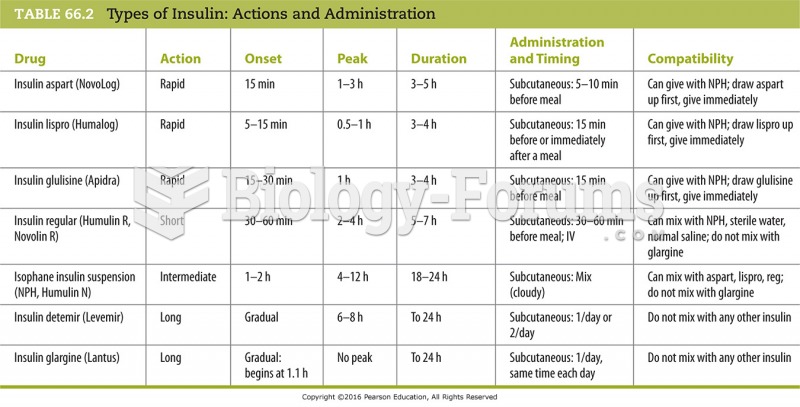This topic contains a solution. Click here to go to the answer
|
|
|
Did you know?
Interferon was scarce and expensive until 1980, when the interferon gene was inserted into bacteria using recombinant DNA technology, allowing for mass cultivation and purification from bacterial cultures.
Did you know?
Illicit drug use costs the United States approximately $181 billion every year.
Did you know?
Cyanide works by making the human body unable to use oxygen.
Did you know?
The longest a person has survived after a heart transplant is 24 years.
Did you know?
The first war in which wide-scale use of anesthetics occurred was the Civil War, and 80% of all wounds were in the extremities.







